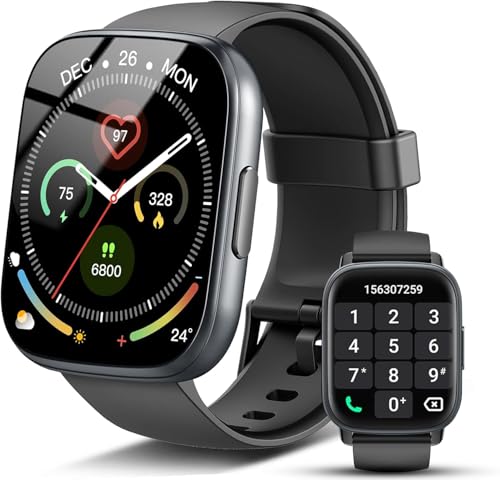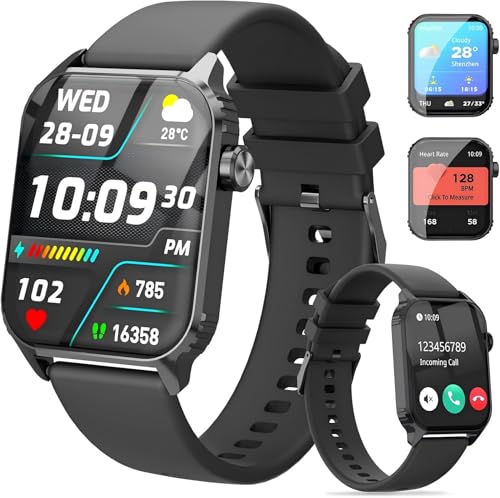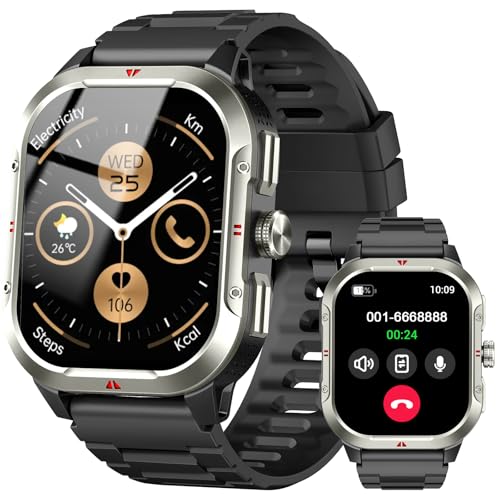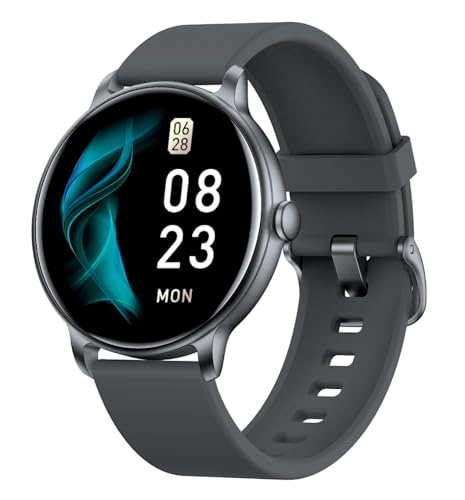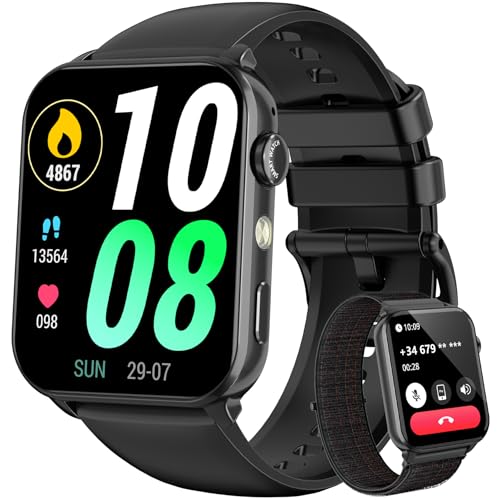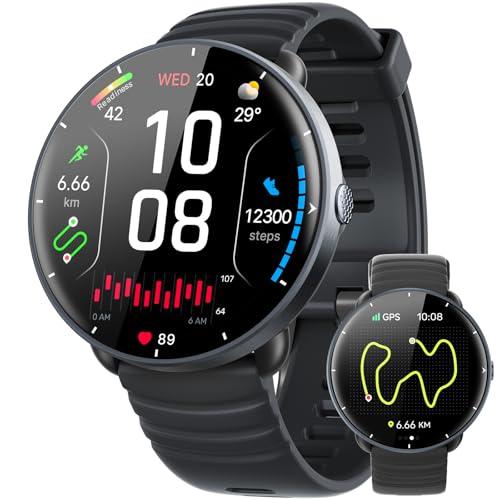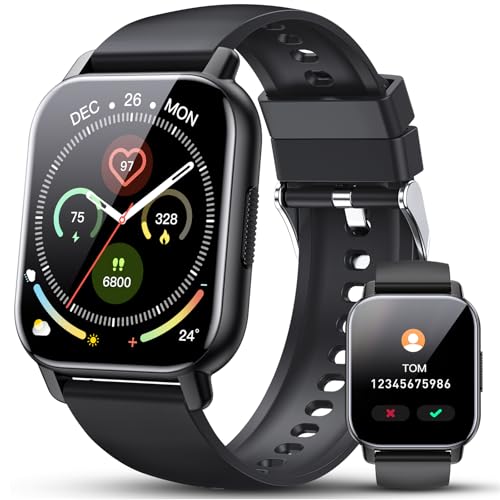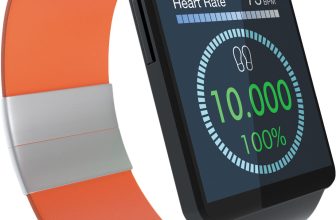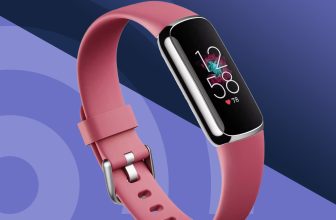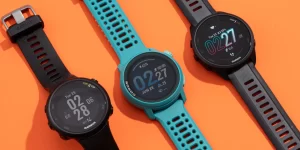
Best Running Watches for Every Budget
Introduction
Whether you’re training for a 5K or aiming to smash a personal best marathon time, having the right running watch can make all the difference. From tracking pace and distance to monitoring heart rate and sleep, modern running watches serve as your personal coach on the wrist. In this comprehensive guide, we’ll explore everything from essential features and GPS accuracy to budget-friendly options and maintenance tips. For more on selecting the best tracker, check our comprehensive guide to fitness trackers.
What Is a Running Watch and Why You Need One
A running watch is a specialized wearable designed to monitor and analyze your runs in real time. Equipped with GPS tracking, heart rate sensors, and activity logging, these devices offer insights into pace, distance, cadence, and even VO2 max. As the NHS outlines the health benefits of running, monitoring your progress can keep you motivated and reduce the risk of injury. Whether you’re a beginner or seasoned athlete, a dedicated watch helps you set goals, review performance, and tailor workouts for steady improvement.
Key Features to Look for in Running Watches
When shopping for running watches, consider features like GPS accuracy, battery life, heart rate monitoring, and water resistance. Look for devices offering multi-satellite support (GPS, GLONASS, Galileo) to ensure precise tracking in varied terrain. Optical heart rate sensors and chest-strap compatibility can deliver reliable pulse data, while barometers and altimeters measure elevation gain and loss. Smart notifications, music storage, and smartphone connectivity add convenience. Ultimately, choose a watch that aligns with your training style, whether it’s interval sessions, trail running, or long-distance marathons.
GPS Accuracy: The Heart of a Reliable Running Watch
Accurate GPS tracking separates casual fitness bands from true training tools. A top-tier running watch uses multi-band satellite systems to reduce signal drift in urban canyons or dense forests. Look for features like automatic route mapping and breadcrumb trails to navigate new courses safely. Some models offer live tracking, allowing friends or coaches to monitor your run in real time. Whether you’re tackling a trail or logging laps on the road, precise location data ensures your pace and distance metrics are spot-on, so you can trust your splits and training logs.
Battery Life Considerations for Running Watches
One of the most critical aspects of any running watches is battery longevity. Long battery life means fewer mid-run shutdowns and more time analyzing data post-workout. Entry-level models might offer 10–20 hours of GPS use, while high-end sports watches can last 30+ hours in full tracking mode or weeks in smartwatch standby. Consider power-saving modes that disable certain sensors or lower GPS sampling rates. If you plan ultra-marathons or multi-day adventures, invest in a device with rapid charging or swappable batteries to keep pace with your endurance goals.
Comfort and Design: Choosing the Right Running Watch
Your running watch should feel as natural as a second skin. Pay attention to case size, strap material, and weight. Silicone or woven nylon bands offer breathability, while lightweight titanium or polymer cases reduce wrist fatigue. A curved display and smooth bezel prevent chafing during long runs, and touchscreen interfaces or button controls should be responsive even with sweaty fingers. Don’t overlook screen visibility: transflective or AMOLED displays with adjustable backlight ensure readability in bright sunlight or dim evening runs.
Advanced Metrics: Beyond Pace and Distance
Modern running watches do more than count miles. Metrics like cadence, ground contact time, vertical oscillation, and training load give insights into running economy and injury risk. VO2 max estimates, lactate threshold alerts, and race predictor tools help tailor workouts to your fitness level. Some watches integrate with training platforms or apps, enabling structured plans, recovery recommendations, and performance analytics. By leveraging advanced data, you can identify weaknesses, adjust form, and make informed decisions about rest and progression.
Budget-Friendly Running Watches: Top Picks
You don’t have to break the bank to get reliable running watches. Budget-friendly models from established brands often include essential GPS tracking, heart rate monitoring, and basic training metrics. Look for sales or previous-generation devices that still pack a punch. Brands like Garmin, Polar, and Coros offer entry-level watches under £150 with enough features to support most recreational runners. Before purchasing, compare warranties, software updates, and accessory ecosystems to ensure long-term value without compromising on key functionality.
How to Maintain and Care for Your Running Watch
To keep your running watch performing at its best, clean the case and strap regularly with a damp cloth, especially after sweaty or salty runs. Avoid harsh chemicals and abrasive materials that can scratch the screen or corrode sensors. Store the watch in a cool, dry place when not in use, and update firmware via the companion app to access new features and bug fixes. Inspect charging contacts for debris and use only manufacturer-approved cables. Proper care extends battery life and ensures accurate readings for every run.
Conclusion
Choosing the right running watch can elevate your training, boost motivation, and unlock deeper insights into performance. From GPS precision and battery life to comfort and advanced metrics, there’s a model tailored to every runner’s needs. For a broader look at fitness trackers and wearables, visit our comprehensive guide to fitness trackers. Whether you opt for a budget-friendly entry or a feature-rich flagship device, the perfect watch is out there waiting to help you cross the finish line.
Frequently Asked Questions
1. What is the best running watch for beginners?
Beginners should look for a watch with user-friendly interfaces, reliable GPS, and basic heart rate monitoring. Models like the Garmin Forerunner 45 or Coros Pace 2 offer an excellent balance of features and affordability.
2. Can I use a smartwatch as a running watch?
Yes, many smartwatches have GPS and heart rate sensors suitable for running. However, dedicated running watches often provide more accurate metrics, longer battery life, and specialized training tools.
3. How accurate are GPS running watches?
Accuracy varies by model and environment. High-end watches with multi-band satellite support typically offer accuracy within 1–2% of actual distance, even in challenging conditions like forests or urban areas.
4. Do running watches measure heart rate continuously?
Most modern running watches use optical sensors for continuous wrist-based heart rate monitoring. For greater precision, some models also support chest-strap monitors via Bluetooth or ANT+.
5. How often should I charge my running watch?
Charging frequency depends on usage. With daily GPS workouts, expect to charge entry-level models every 3–5 days, while premium watches with extended battery life may only need weekly charging.

